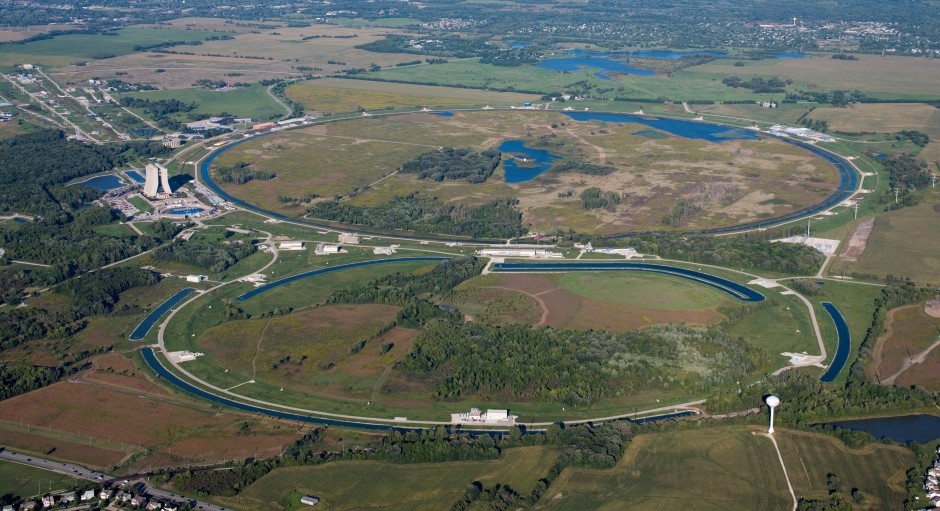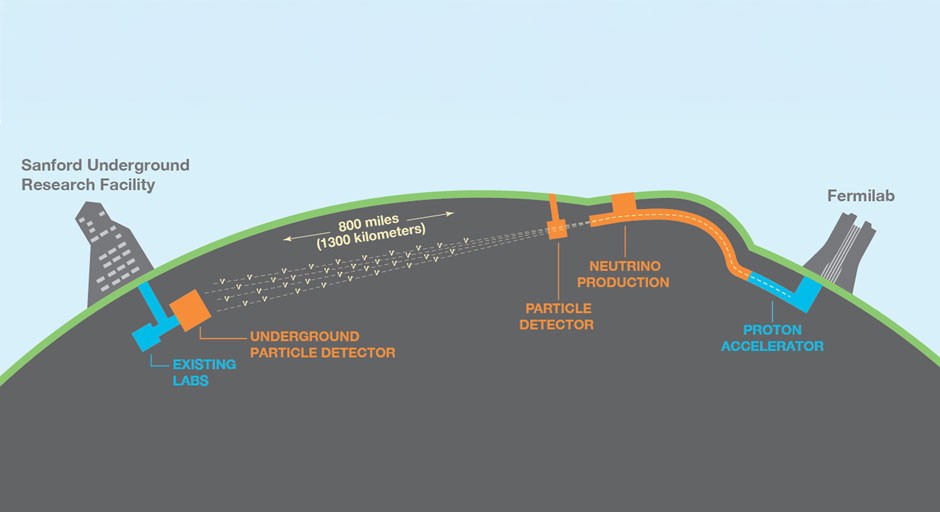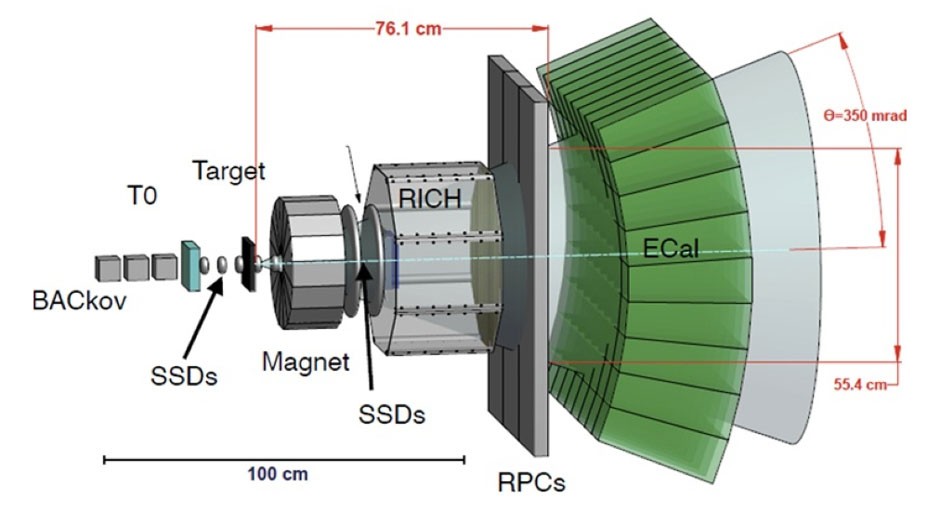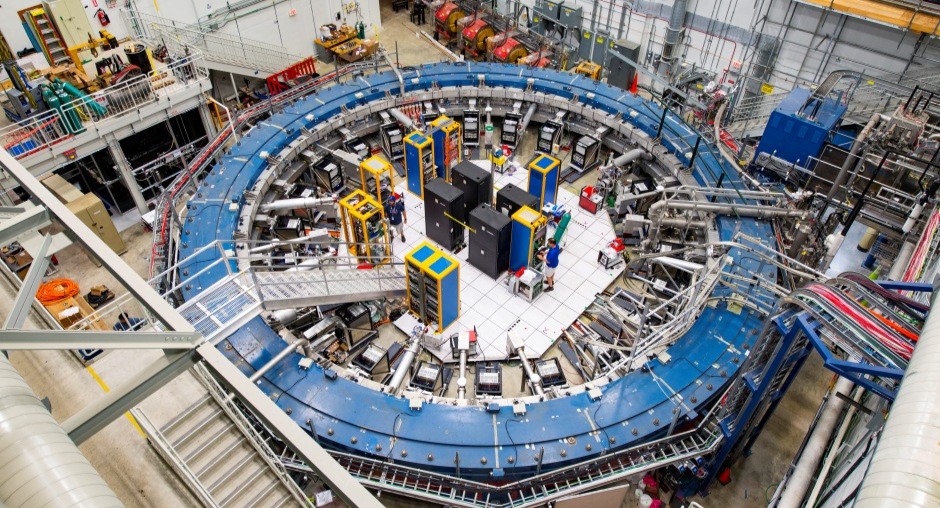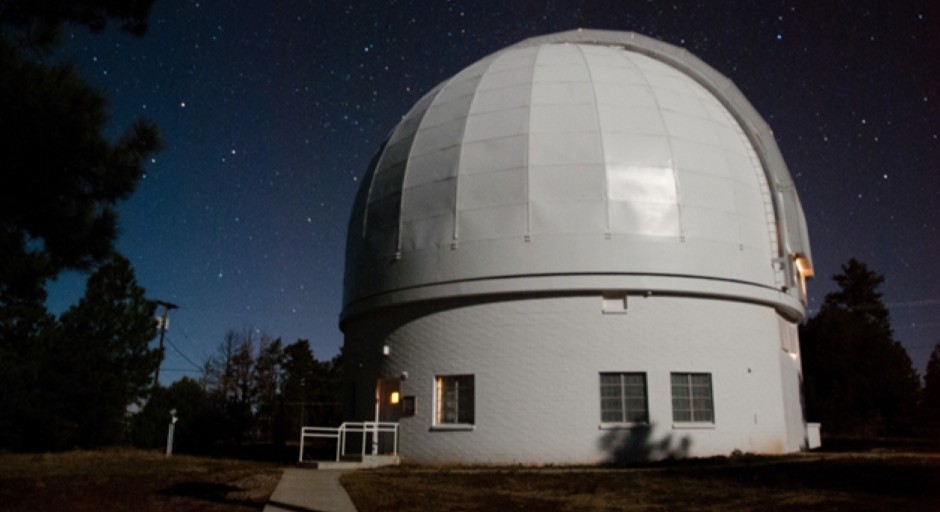Research in Multimessenger Astrophysics
Our research explores the universe through multiple cosmic messengers—gravitational waves, high-energy particles, and light—to uncover the fundamental workings of space, time, and matter.
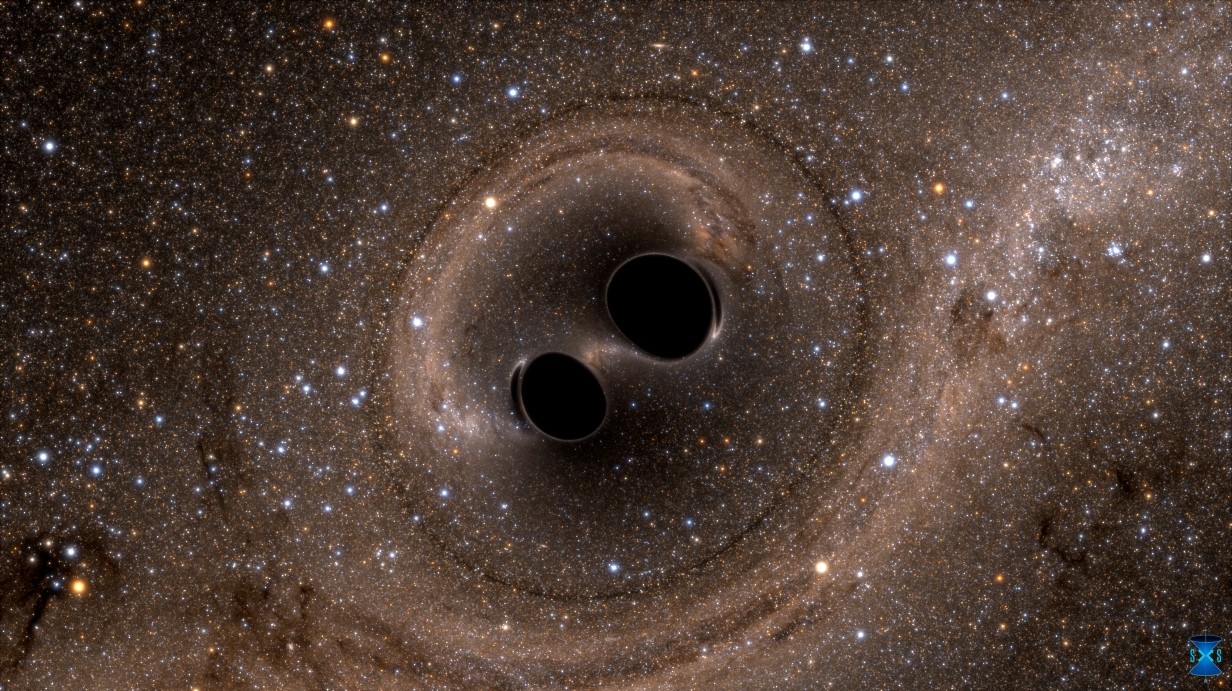
The Scope of Center Research
The research conducted by members of the UMCMA spans the full range of multimessenger astrophysics.
- The Gravitational Wave Group "listens" to the gravitational waves produced by black hole and neutron star mergers.
- The High Energy Particle Group detects interactions of particles to reveal supernova dynamics, spacetime structure, and the presence of dark matter.
- The Blazar Group watches extragalactic jets of light streaming from supermassive black holes.
Together, we use information from all these messengers to learn how the universe works. Below are a few examples of current research projects by Center faculty.
External Funding
A key motivation for creating the UMCMA was to increase the success rate and funding levels of external grant proposals. Several of the UMCMA personnel have served on grant review panels and seen firsthand the advantage afforded by the infrastructure and intellectual support provided by established research centers.
Being part of the UMCMA enhances the competitiveness of PI grant proposals in several ways.
- Dedicated center administrative staff can increase the efficiency and quality of proposal preparation
- Membership in the UMCMA validates that a strong collaborative local academic team supports the PI
- Availability of some Center resources to augment grant funds enhances confidence of project success
All these benefits give an edge to CMA-aligned grant proposals, resulting in a higher success rate securing external funding. As a result, in the first five years of operation, UMCMA-related external funding has increased 5-fold, including NSF CAREER and EPSCoR awards and a Sloan Fellowship.
High Energy Particles


Dr. Gavin Davies
Dr. Davies, Assistant Professor of Physics and Astronomy, studies neutrinos on the NOvA and DUNE experiments. Those experiments measure properties of neutrinos in accelerator beams produced at Fermilab, but also serve as telescopes to observe astrophysical neutrinos from cosmic phenomena such as supernova explosions.
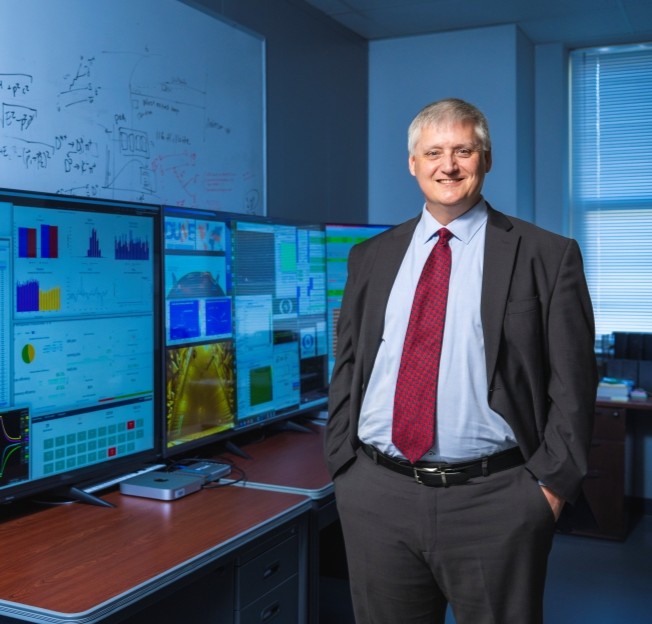
Dr. Breese Quinn
Dr. Quinn, Professor of Physics and Director of UMCMA, works on the Fermilab Muon g-2 experiment, which somewhat stretches the idea of multimessenger astrophysics. He uses muons in a storage ring as a sensitive probe of the spacetime structure of the universe, searching for violations of spacetime symmetries and evidence of dark matter. The High Energy Physics postdocs and graduate students have also won several fellowships to support their work in residence at Fermilab.
Gravitational Waves
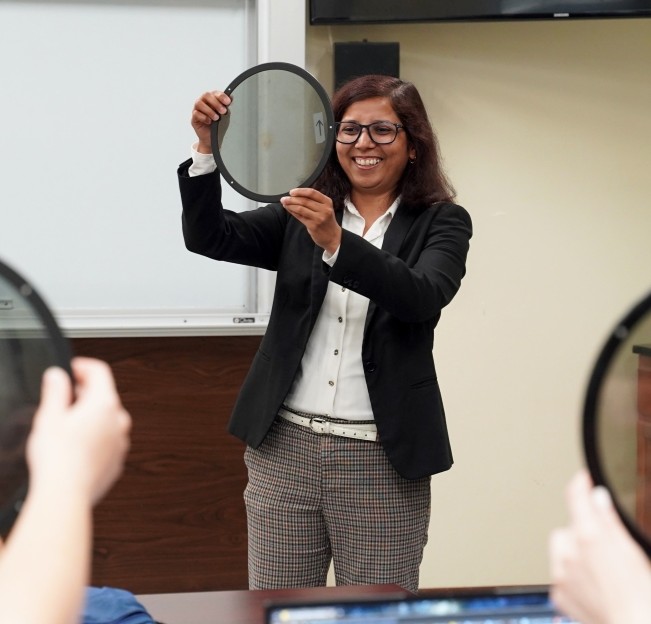
Dr. Anuradha Gupta
Dr. Gupta, an Assistant Professor of Physics and Astronomy, is a member of the LIGO Scientific Collaboration and LISA Consortium. She works towards the detection and parameter estimation of gravitational wave signals coming mostly from binary systems composed of neutron stars and black holes.
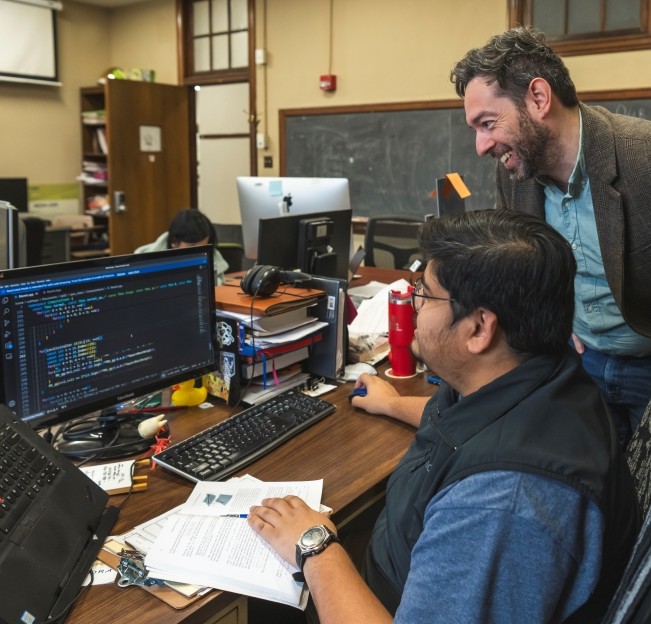
Dr. Leo Stein
Dr. Stein, Associate Professor of Physics and Astronomy, was selected as an emerging leader in STEM innovation as a 2023 Alfred P. Sloan Research Fellow. A renowned researcher of astronomy and black holes, Stein has coauthored articles in the peer-reviewed journal Physical Review Letters and received a Faculty Early Career Development Program Award from the National Science Foundation.
He works to mathematically model how black holes 'ring down' like a bell in order to test Einstein's theory of gravity, general relativity.
Electromagnetic Radiation


Dr. Nicholas MacDonald
Dr. MacDonald's research focuses on the study of blazar jets which emanate from supermassive black holes. These beams of high-energy plasma extend out to extragalactic distances and travel at highly relativistic speeds. MacDonald has been involved in theoretical, observational, and numerical studies of the physics of blazar jet propagation and emission from kilo-parsec to sub-parsec scales. He leads UM's Blazar Group and is a member of the UMCMA.
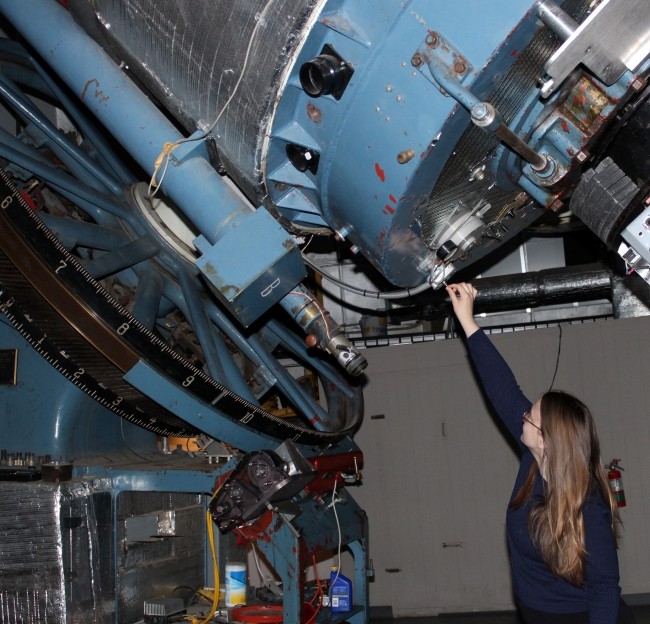
Training Students with Research Telescopes
Dr. MacDonald is PI of an National Science Foundation EPSCoR grant to fund a partnership between UM and Boston University (BU). In particular, the UM and BU Blazar Groups are conducting joint polarimetric monitoring of a sample of blazars (including PKS 1510-089). These observations are ongoing and involve the training of UM students at the Perkins Telescope Observatory in Arizona.
His lab group receives extensive on-site training in the use of the PRISM instrument that is used for this blazar monitoring. A key feature of this grant is to provide UM students with on-site experience operating a research class telescope.

